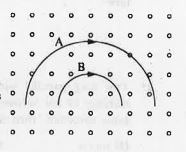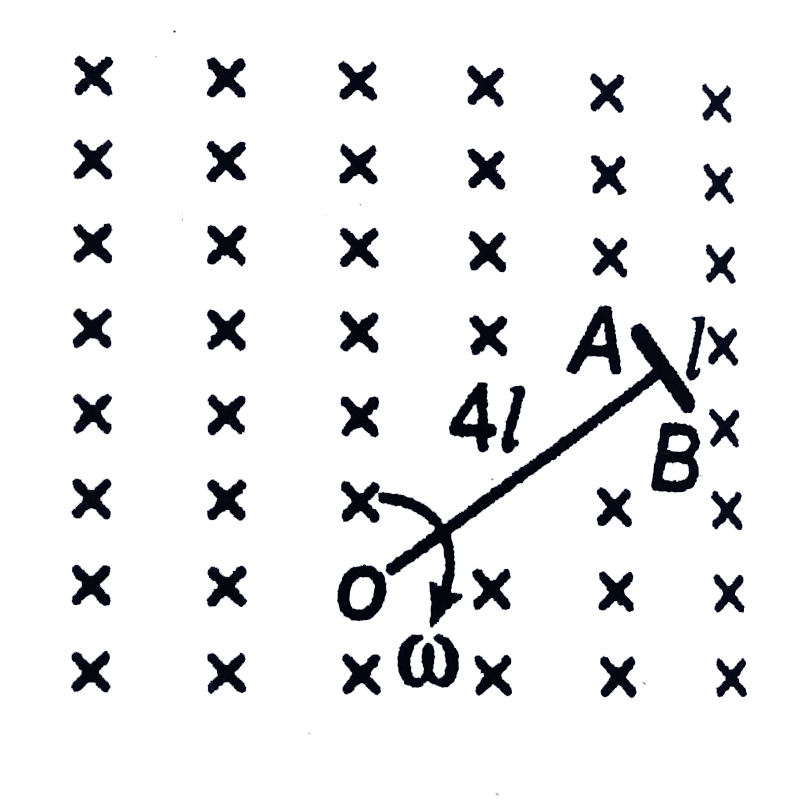Two particles A and B of masses mA and mB respectively and having the same charge are moving in a plane. A uniform magnetic field exists perpendicular to this plane. The speeds of the particles are vA and vB respectively and the trajectories are as shown in figure
 , thenSolution in Kannada
, thenSolution in Kannada
mAvA<mBvB
mAvA>mBvB
mA<mB and vA<vB
mAvA=mBvB.
Step by step video & image solution for Two particles A and B of masses m_A and m_B respectively and having the same charge are moving in a plane. A uniform magnetic field exists perpendicular to this plane. The speeds of the particles are v_A and v_B respectively and the trajectories are as shown in figure , then by Physics experts to help you in doubts & scoring excellent marks in Class 12 exams.
Updated on:21/07/2023Similar Questions
Two particles A and B of mass m_(A) and m_(B) respectively and having the same charge are moving in a plane. A uniform magnetic field exists perpendicular to this plane. The speeds of the particles are v_(A) and v_(B) respectively, and the trajectories are as shown in the figure. Then
View SolutionA charge particle is moving in a plane perpendicular to uniform magnetic field, then
View SolutionTwo masses m, and m, moving with velocities v_a and v_b in opposite direction collide elastically and after the collision m_a and m_b move with velocities v_b and v_a respectively. Then the ratio (m_a)/(m_b) is
View SolutionTwo particles A and B of masses mA and mB respectively and having the same charge are moving ina plane. A uniform magnetic field exists perependicular to this plane. The speeds of the particles are vA and vB respectively and the trajectories are as shown in the figure. Then,

View SolutionIn the figure shown a T−shaped conductor moves with constant angular velocity ω in a plane perpendicular to uniform magnetic field B. The potential difference VA−VB is

View SolutionTwo particles A and B of masses m_(A)andm_(B) respectively and having the same charge are moving in a plane. A uniform magnetic field exists perpendicular to this plane. The speeds of the particles are v_(A)andv_(B) respectively and the trajectories are as shown in the figure. Then -
View Solutionm_A And m_B Two objects with force in opposite directions v_A And v_B Feel the elastic collision with speed. After the collision m_A And m_B Velocity of respectively v_B And v_A If done (m_A/m_B) = …..
View Solution
